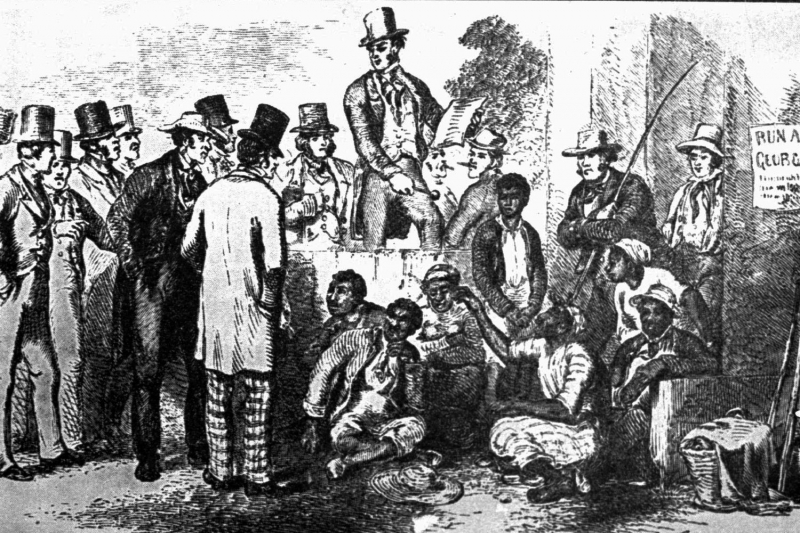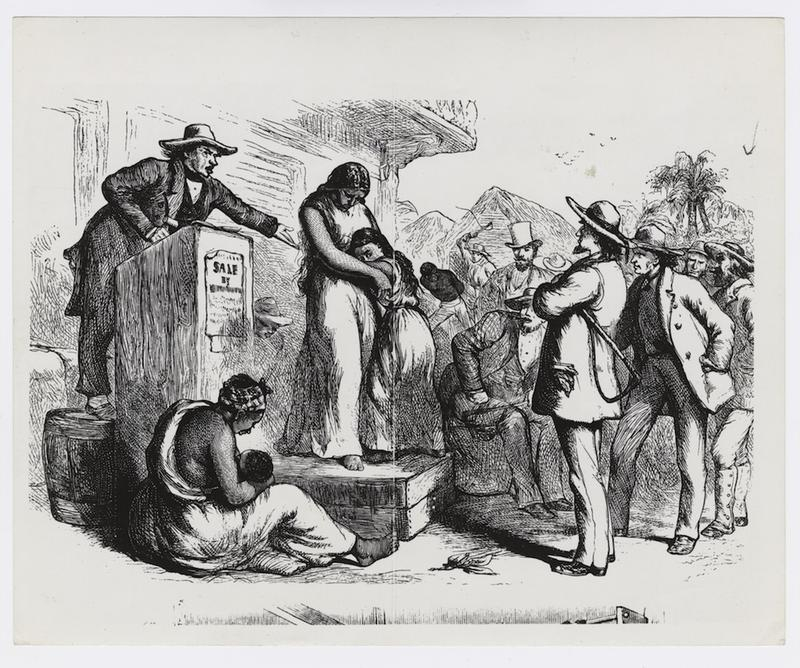By the 1860s, Baltimore had the largest free African American population in the country.
More than 20 churches, 30 charitable organizations, and many schools were founded by Free Negroes. The number of free slaves at that time was mostly about 20 million people, they are the primary tools of labor in productive activities and play a crucial role in agricultural, industrial, and the Underground Railroad. All were freed following the Civil War, resulting in a fresh wave of settlers in this area. Those who fled from Maryland's Eastern Shore frequently stopped in Baltimore. Before moving further north, Frederick Douglass spent his formative years in Baltimore honing his reading and writing skills.
Instead, a number of factors were at play, not the least of which was a twofold increase in German and Irish immigrants who were willing to work for low wages between 1840 and 1860. They won the favor of many city business owners who had previously relied on the labor of slaves and free blacks as a result. German and Irish residents increased in number in the city from 21,000 in 1850 to 48,000 in 1860. The free black and slave male labor force was badly influenced by cheap immigrant labor, especially in the wards [voting districts] bordering Baltimore's waterfront. Many male Afro-Americans were ejected from the workforce after working as ship caulkers and other comparable vocations. Where they had formerly held positions requiring manual labor, they were forced to work as waiters, servants, and coach drivers.
Instead, a number of factors were at play, not the least of which was a twofold increase in German and Irish immigrants who were willing to work for low wages between 1840 and 1860. They won the favor of many city business owners who had previously relied on the labor of slaves and free blacks as a result. German and Irish residents increased in number in the city from 21,000 in 1850 to 48,000 in 1860. The free black and slave male labor force was badly influenced by cheap immigrant labor, especially in the wards [voting districts] bordering Baltimore's waterfront. Many male Afro-Americans were ejected from the workforce after working as ship caulkers and other comparable vocations. Where they had formerly held positions requiring manual labor, they were forced to work as waiters, servants, and coach drivers.







